Have you ever stopped to think about the structures we inhabit, the materials that go into their making, and their relationship to our environment? Can an architectural feature double as a sustainability champion? How can we, as custodians of the environment, invest in construction elements that are not just aesthetically pleasing, but also echo our responsibility towards the planet? Today, we are going to explore these angles through a comprehensive study of metal cladding.
Metal cladding is not just about giving our buildings a sleek, modern face-lift. Apart from the undoubtedly appealing aesthetic value it brings, metal cladding also stands proud as an eco-friendly choice in the realm of architecture and construction. This article delves into the depths of metal cladding, highlighting its sustainable aspects along with an unbiased look at its pros and cons.
Join us as we unfold the different layers of this often overlooked, but crucial aspect of contemporary architecture. This investigation is not just for architects and interior designers, but also for the mindful homeowner – because, at the end of the day, it’s our collective responsibility to make the planet greener.
What is Metal Cladding?
Primarily, metal cladding is an external finish layer that is often applied to the façade of a building. But, it’s far more than just a sustainable covering. A combination of practicality and style, metal cladding fulfils both functions and aesthetic requirements. High in demand for its sleek, contemporary look is often seen on modern city structures.
For instance, it provides an additional layer of protection against severe weather conditions, thermal fluctuations, and fire outbreaks. Sounds versatile, doesn’t it?
But let’s delve into our main focus here – sustainability. Metal is one of the most recyclable materials on the planet, and their use extensively in construction dramatically reduces waste, contributing positively towards a greener environment.
Why Choose Metal Cladding?
Metal cladding earns its place on the roster of sustainable materials thanks to several key factors. One of the most significant advantages of using metal in building constructions is the potential for recycling. Metals such as aluminum and steel are endlessly recyclable without loss of quality – a one-time investment reaping lifelong, sometimes even generation-long benefits.
It is also incredibly resilient. Its ability to withstand extreme weather changes, its fire-resistant nature, and overall durability directly translate into sustainability by reducing the need for replacements or repairs.
Furthermore, light-colored works wonders in reflecting solar radiation, effectively saving on air conditioning costs during sweltering summer months.
The Flip Side: Cons of Metal Cladding
Like most things in life, it has a few drawbacks. For one, the initial cost of installation can be quite high. Besides, while it is generally low maintenance, corrosion and denting can become an issue over time if not regularly monitored and treated.
Another significant concern is the energy expended in the production and transportation of metal cladding. While it is a recyclable material, the process to transform raw metals into construction-ready materials can be quite energy-intensive.
The Aesthetics of Metal Cladding
Appeal and aesthetics cannot be overlooked when talking about architectures. Even as it flies the flag for eco-friendliness, simultaneously scores high on style. Its sleek and modern façade can give any structure an instant contemporary makeover.
Additionally, metal cladding is available in a variety of finishes, textures, and designs, presenting a wealth of aesthetic opportunities for architects and homeowners alike.
Is metal cladding a feasible solution for everyone?
Practically, while it ticks several boxes when it comes to sustainability and aesthetics, it might not be a feasible solution for every building type or for every climatic region. For instance, buildings in coastal areas might need additional protective layers to prevent it from corrosion due to sea air.
However, with the ongoing research and innovation in this field, it’s only a matter of time before we have metal cladding solutions suited for virtually any situation.
Conclusion
It stands as an unmistakable testament to how we can marry modern aesthetics and robust functionality with sustainability. When we choose metal cladding, we are investing in reduced maintenance costs, impressive resilience, outstanding aesthetics, and above all, a greener planet.

However, it’s essential to acknowledge that like any other material, metal cladding too has its drawbacks. Therefore, it is important to consider all angles before making an informed decision. After all, creating a sustainable environment is not only about adopting green practices but also about understanding and acknowledging their full impact.
In the end, our goal should be to create a balance, a harmony between our aspirations, our practical needs, and our environmental responsibilities – perhaps, metal cladding is one step towards that equilibrium.

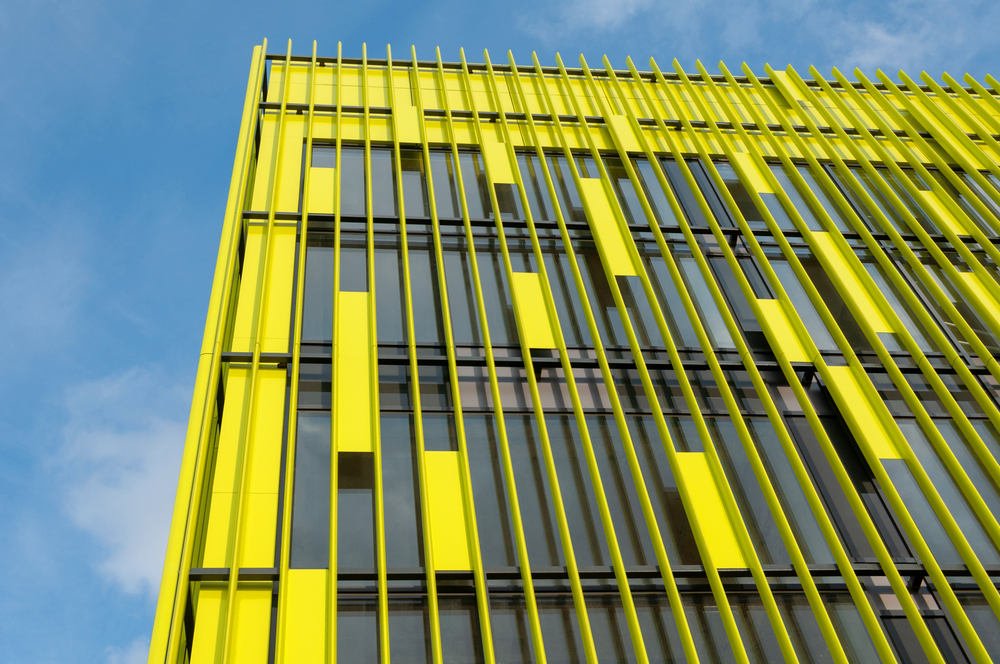


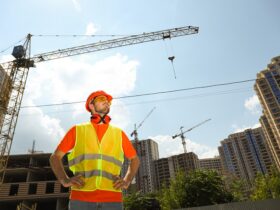
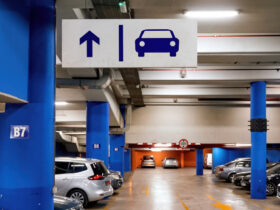

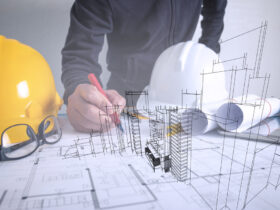
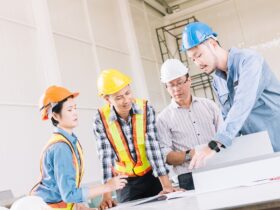
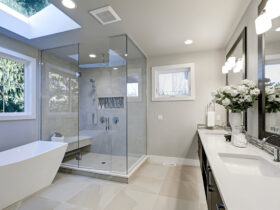
Find Us on Socials